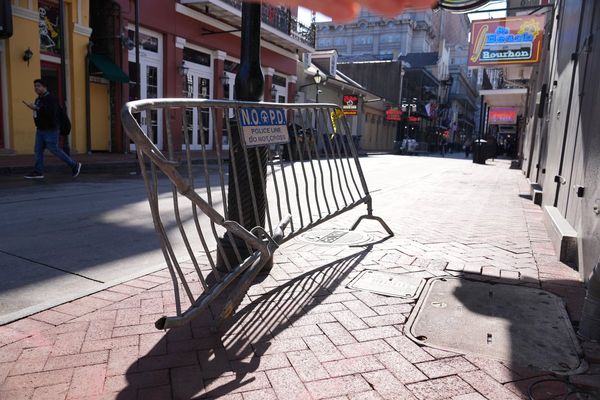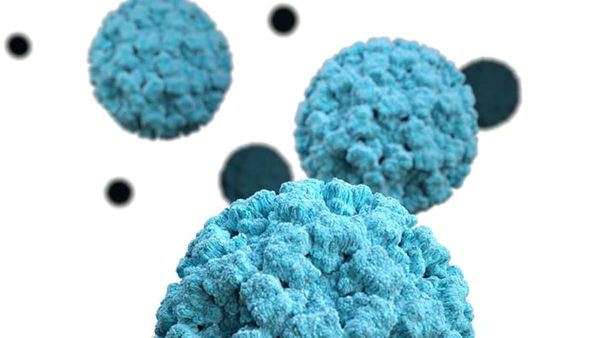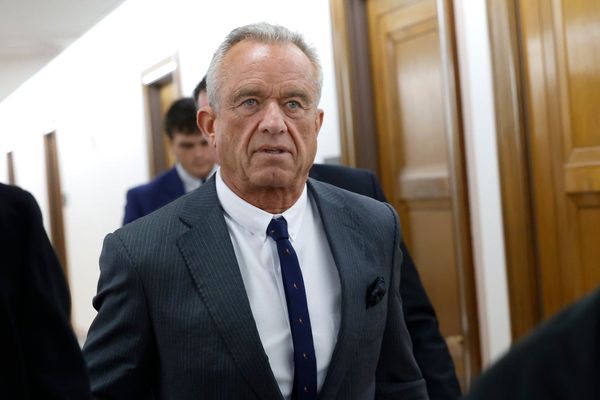
Rear Admiral Scott Pappano of the US Navy, we salute you for your service to truth! And for cutting through the spin of AUKUS.
Rear Admiral Pappano, the senior officer in charge of the US Navy’s nuclear submarine program, has cast doubt on the capacity of the USA or the UK to build the nuclear submarines spruiked just 12 months ago by Scott Morrison as part of the “forever” pact with Australia’s Western allies.
In comments reported on the specialist Naval Technology site, Pappano said that essentially there was no room at the inn when it came to building Australia’s new submarines, given the US demand for its own submarines, such as the Columbia class.
“If we were going to add additional [Australian] submarine construction to our base that would be detrimental right now,” Pappano said. “I think that exists for both US and the UK.”
Pappano made his comments in an interview with the Mitchell Institute, a Washington defence think tank, on August 24. The video interview only emerged yesterday, though his remarks were first reported in Naval Technology on August 26.
Pappano’s comments puncture the rosy picture of a historic new arrangement that will deliver eight nuclear-powered submarines via cooperation between the US and the UK. His remarks cast doubt on claims by former defence minister, now opposition leader, Peter Dutton that Australia could secure two American-built Virginia-class nuclear submarines by 2030.
Rear Admiral Pappano made it clear that the priority for the United States Navy was to complete the building of its Columbia class submarines. That build was already behind schedule, with the US shipbuilding industry facing a number of challenges, including supply chain problems due to COVID.
Naval Technology pointed out that, “like those in the US”, the UK’s nuclear submarine manufacturing site at Barrow-in-Furness had “little spare capacity” to plug in new orders. The BAE Systems site in the north of England is currently completing the Royal Navy’s Astute-class hunter killer fleet, while also beginning a separate program to build four more boats.
“Significant issues remain for Australia in its pursuit of a fleet of SSNs, as it would rely heavily on the technical, military, and industrial knowhow of the US and UK, while also relying on Washington and London for the nuclear fuel and the navalised reactors required to power such vessels,” the specialist site reported.
The timing of Rear Admiral Pappano’s comments is awkward.
Only yesterday Defence Minister Richard Marles was welcomed to BAE’s facility at Barrow-in-Furness where he was joined by outgoing Prime Minister Boris Johnson. Marles’ visit coincided with an announcement from the British Ministry of Defence (MoD) that Australian submariners would train with their UK counterparts on the nuclear-powered HMS Anson, the newest submarine to enter the UK fleet.
The MoD release said the training marked the beginning of a “multigenerational naval partnership” between the three AUKUS nations.
Rear Admiral Pappano’s comments, however, have raised the key question of where the nuclear-powered submarines can be built, if not in the UK nor the US, given that there are no nuclear facilities in Australia.
It is the very conundrum former PM Malcolm Turnbull pointed to in his critique of the new AUKUS agreement last year.
“The new AUKUS submarines, we are told, will still be built in Adelaide,” Turnbull told the National Press Club. “But if there are no nuclear facilities there, that must mean the submarine hulls will be transported to the US or the UK to have the reactor installed together with all of the safety and other systems connected to it.”
“You don’t need to be especially cynical to see it won’t be long before someone argues it looks much simpler to have the first submarine built in the US or the UK, and then the second, third and so on.”
The AUKUS partners are currently engaged in an 18-month study to resolve important questions on the defence alliance struck to counter China’s influence. The study is due to report in March next year. The question of where and how Australia’s eight nuclear-powered subs can be built is certain to be vital.
Rear Admiral Pappano has already suggested that the issue can only be resolved by “significant investment” to drive “additional capacity”.
The estimated cost of the AUKUS program so far is $100 billion, with the first submarine to be delivered in around 2040. The rear admiral’s off-the-cuff comments would appear to place all that in question. At the very least they put paid to the idea that Australia might buy its first few boats off the shelf to close the defence capability gap.
If you have information on this story please contact David Hardaker via dhardaker@protonmail.com







